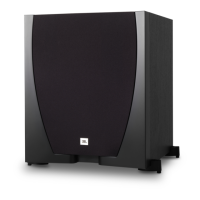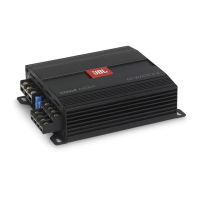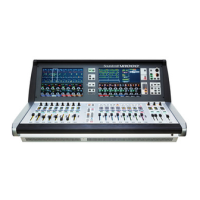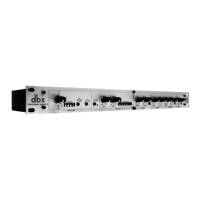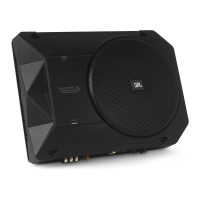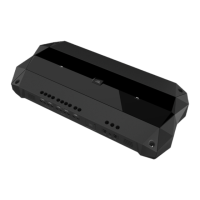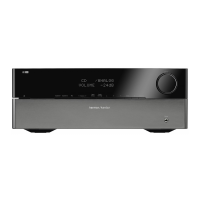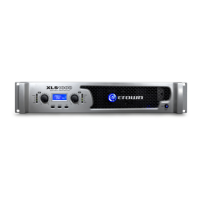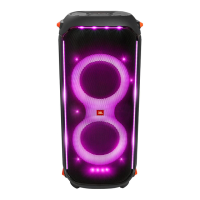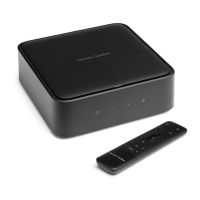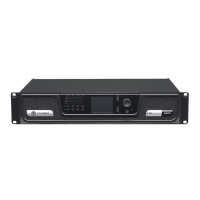15
Width
When the DMA is used with a stereo signals, the Width control can be used to modify the
nature of the stereo image. When central (stereo), the normal image is unaffected. When
fully clockwise (mono) both signals are merged together into mono and fed to both A and B
outputs equally. At points in between, the degree of "mono" compatibility can be selectively
controlled.
When fully anti-clockwise (wide) the stereo image appears much wider as the phase of the
"difference" component is manipulated. In this position the A and B outputs remain a stereo
pair. At points in between, the degree of image width can be selectively controlled,
however care should be taken because the degree of "out of phase" information is being
increased and is actually doubled at the Wide position.
The Width control is integrated within the Output M-S circuitry and is intended for
use with L-R output format. If both are selected at the same time, the "difference" signal of
the M-S pair can still be manipulated but the results may be undesirable.
Note:
Output M-S
The Output M-S matrix operates immediately before the output driver stages. The Output
M-S switch converts conventional L-R signals into M-S format.
Used in conjunction with the Input M-S matrix, M-S encoded output signals can be
generated no matter which input format is used, L-R or M-S.
